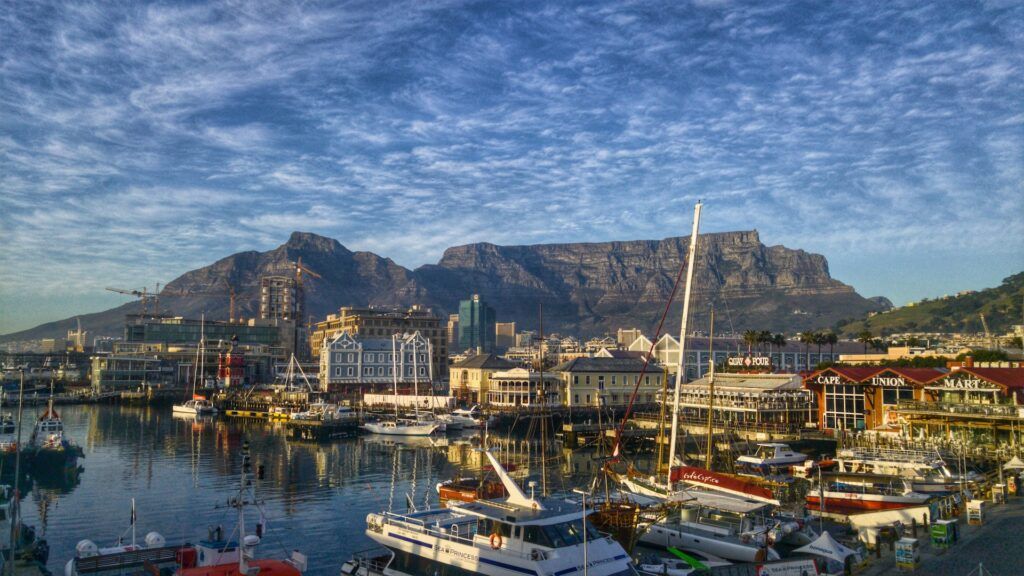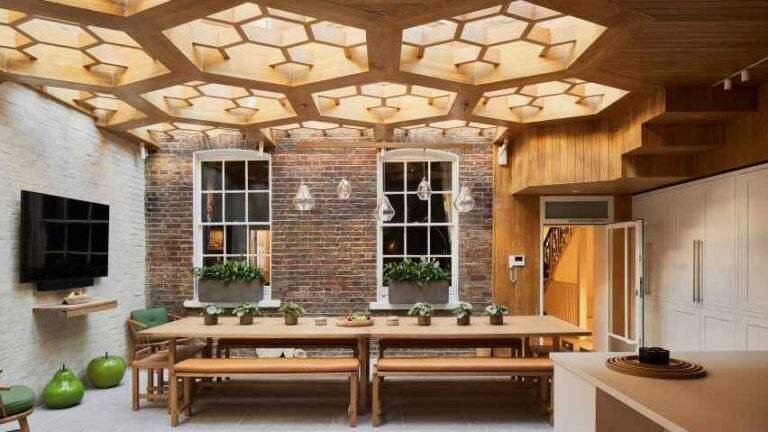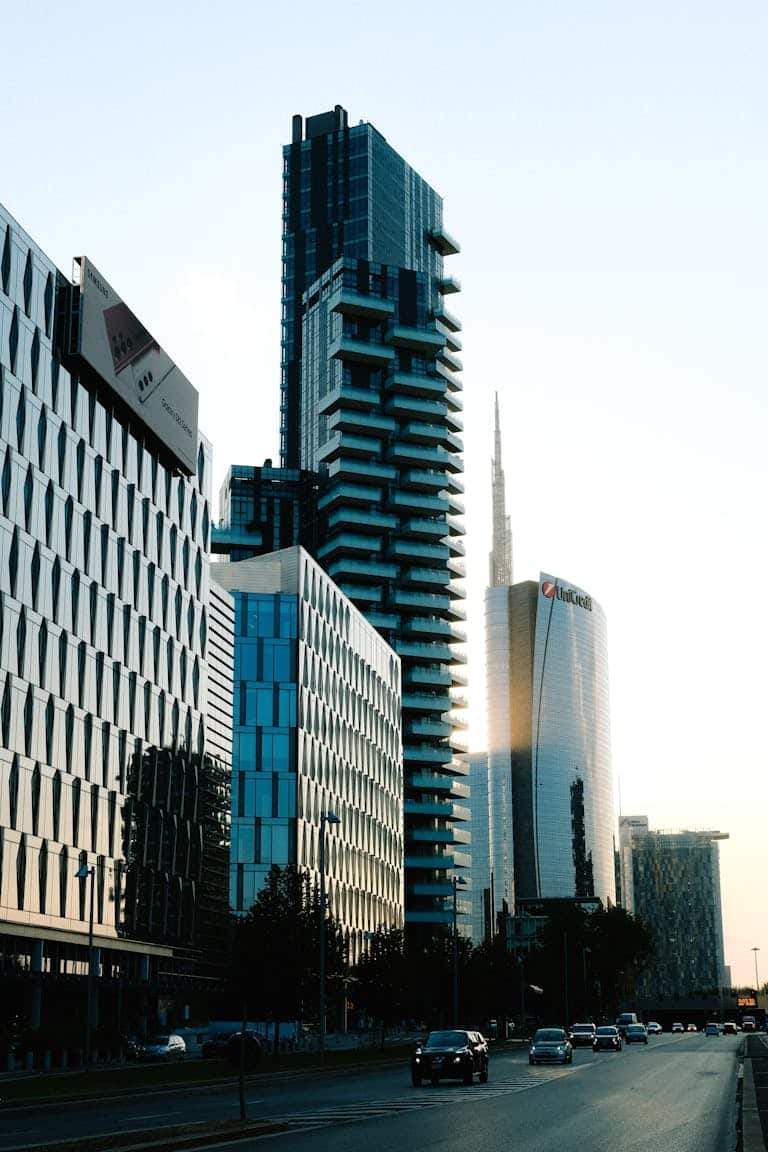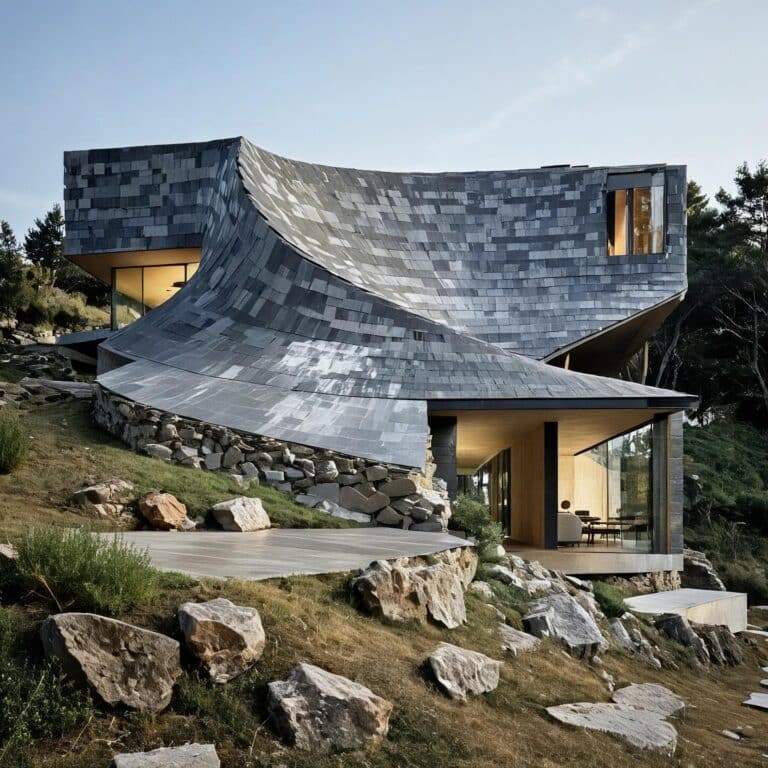South Africa stands out as a unique intersection of history, culture, and natural beauty. When it comes to South African architecture, the country is not merely a travel destination but a living example of how diverse influences can shape architecture, design, and urban life. The country’s layered identity — shaped by indigenous heritage, colonial history, and post-apartheid transformation — has created a rich architectural landscape that reflects both tradition and innovation.
This article explores the main factors that define South Africa’s built environment and creative expression:
- Cultural diversity as a driver of architectural identity
- The influence of natural landscapes on design choices
- Modern design approaches within historical contexts
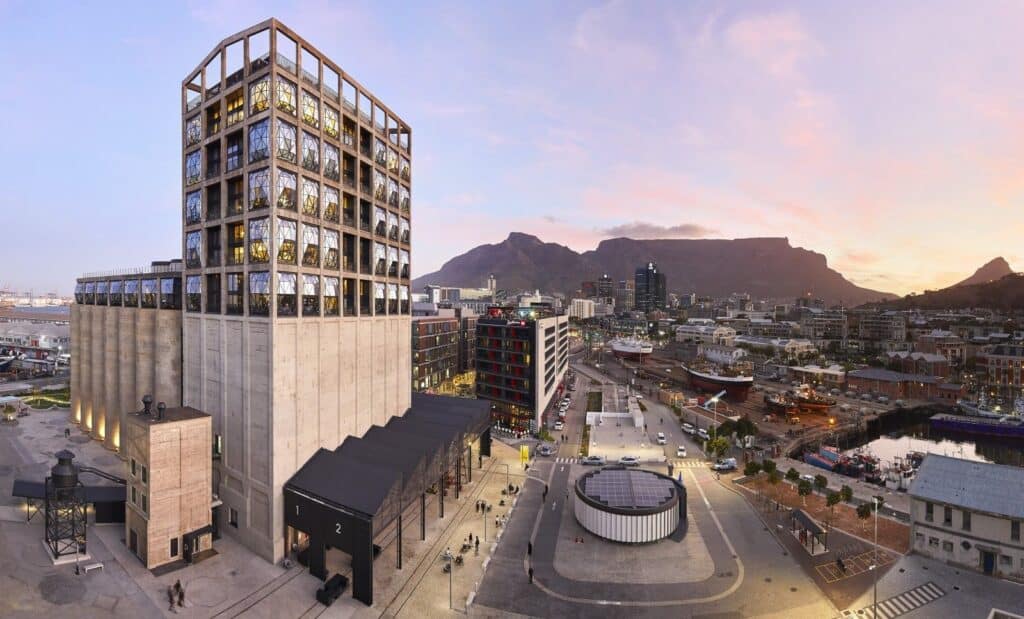
Cultural Diversity Shapes Architectural Identity
South Africa is one of the most culturally diverse countries in the world, home to multiple ethnic groups including Black Africans, Afrikaners, Indians, and others. This diversity is clearly reflected in the architectural character of its cities, especially Cape Town.
Historical influences from Dutch, Portuguese, and British settlers blended with indigenous building traditions and Islamic design elements brought by Malay communities. These layers have resulted in distinct architectural styles, particularly visible in neighborhoods like Bo-Kaap in Cape Town, known for its brightly colored houses.
According to the University of Cape Town’s School of Architecture, Planning, and Geomatics, South African architecture evolved through a process of “cultural accumulation,” where imported building methods were adapted to local needs and environments. This approach has led to a hybrid architectural language that balances functionality with aesthetic richness.

Natural Landscapes Influence Design and Urban Planning
In South Africa, nature plays a central role in shaping the built environment. Iconic landmarks such as Table Mountain and the Drakensberg mountain range are more than scenic backdrops; they influence city layouts, building materials, and spatial planning.
The country’s wide range of ecosystems — from coastal regions to arid interiors — has encouraged architects to adopt regionally appropriate materials and climate-responsive strategies. For instance, in areas like the Winelands, many modern buildings incorporate local stone and wood, emphasizing passive cooling and natural light.
Design in these regions often aims to integrate with the surrounding environment rather than dominate it. This philosophy aligns with broader global trends toward sustainable architecture, while also responding to the specific ecological conditions found across South Africa.

Modern Design Within Historical Contexts
Despite its deep-rooted history, South Africa continues to evolve architecturally. Recent years have seen a rise in contemporary projects that reinterpret traditional forms and repurpose old structures for new uses.
One notable example is the Zeitz Museum of Contemporary Art Africa (Zeitz MOCAA) in Cape Town, which transformed a former grain silo into a vibrant cultural space. Such adaptive reuse projects reflect a growing awareness of architectural heritage and sustainability.
These developments emphasize not only visual impact but also social function. Public spaces, cultural centers, and civic buildings are increasingly designed to serve broad community needs, using innovative technologies while respecting historical context.
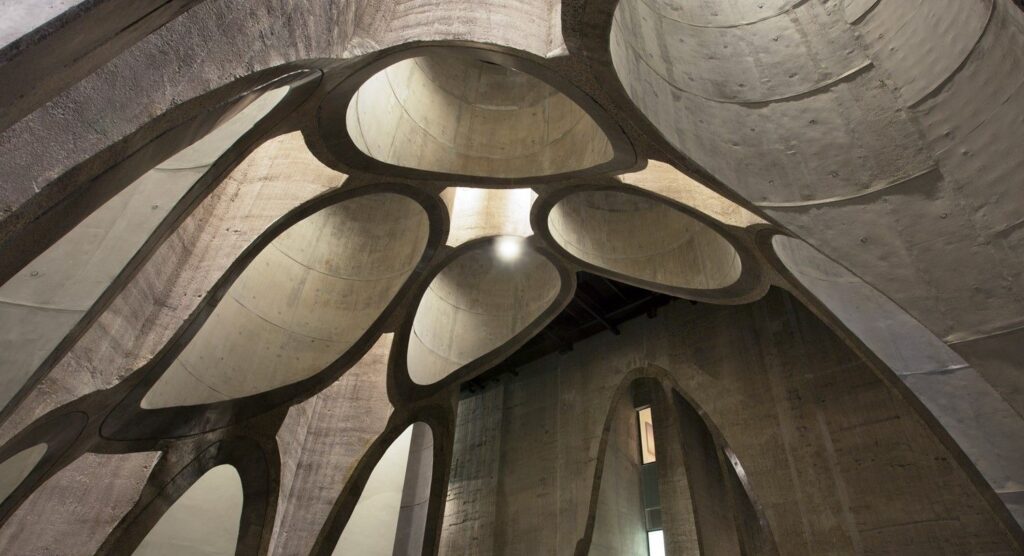
Frequently Asked Questions (FAQ)
| Question | Answer |
|---|---|
| What makes South African architecture unique? | Its blend of diverse cultural influences, adaptation to natural environments, and integration of historical and modern design principles. |
| Is sustainability a key focus in South African design? | Yes, especially in recent projects that prioritize energy efficiency, use of local materials, and environmentally conscious planning. |
| How does geography affect urban development? | South Africa’s varied terrain influences building orientation, material selection, and infrastructure planning to suit local conditions. |

Summary Table of Key Points
| Theme | Key Observations |
|---|---|
| Cultural Diversity | Multiple influences from European, Asian, and African traditions shape architectural identity |
| Relationship with Nature | Designs respond to local climates and landscapes, using natural materials and passive strategies |
| Modern Innovation | Adaptive reuse and contemporary design are transforming urban spaces sustainably |
ArchUp Opinion
South Africa offers a compelling case study in how architecture can bridge past and present, tradition and innovation, and human needs and environmental constraints. However, challenges remain, particularly in ensuring that contemporary developments maintain a strong connection to local identity without being overly influenced by international trends.
While there are promising examples of sustainable and inclusive design, broader implementation is needed beyond high-profile or tourist-oriented projects. The future of South African architecture lies in further integrating these principles into everyday urban environments, creating spaces that truly reflect the nation’s diversity and aspirations.

